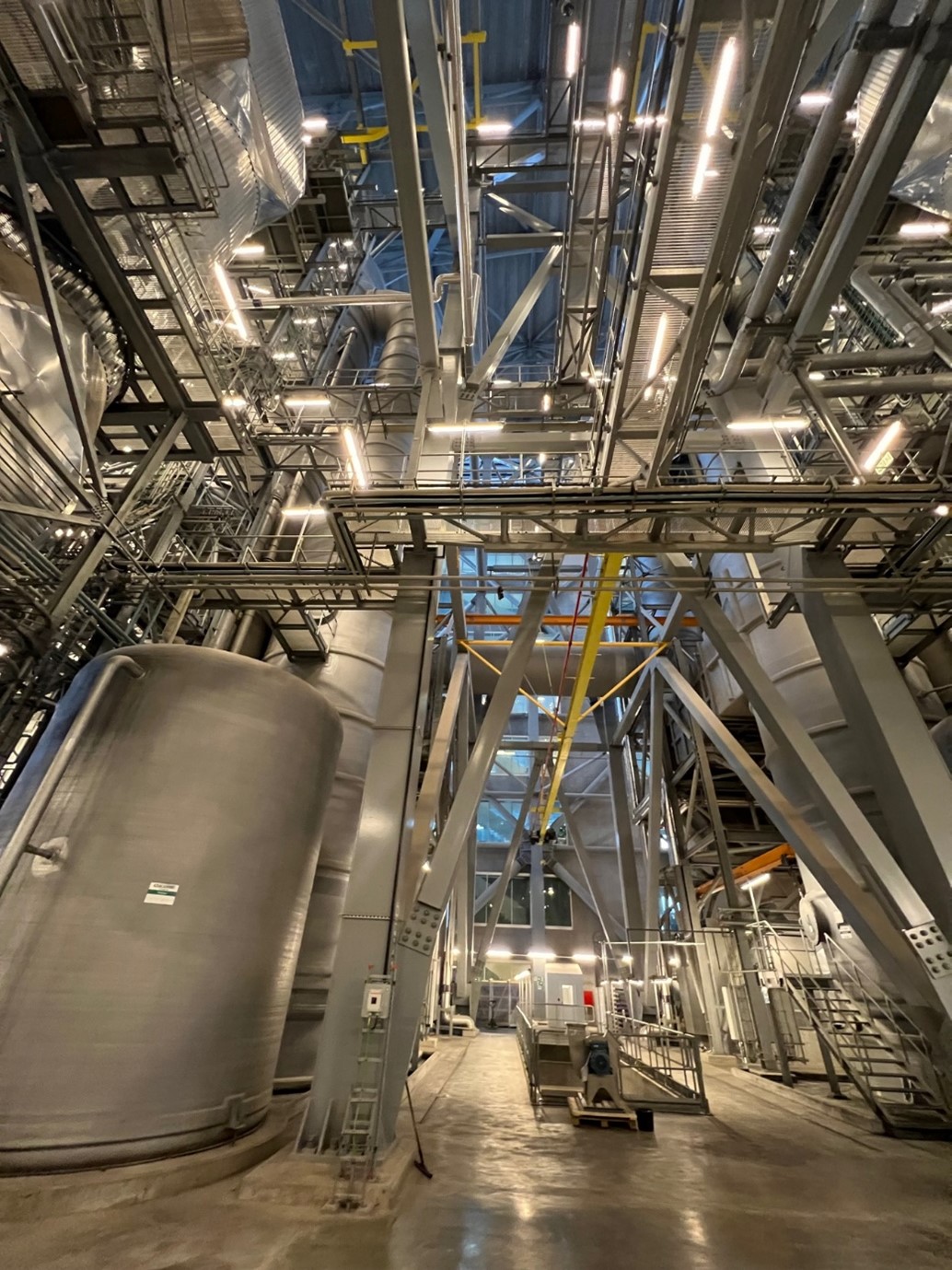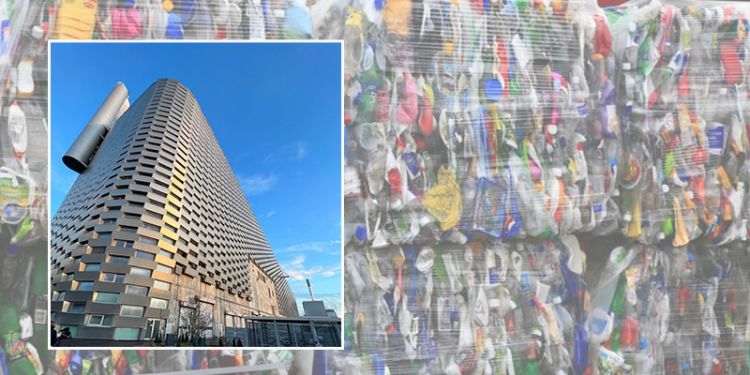In January 2023, Professors Willy Shih and Mike Toffel led more than 40 HBS MBA students on site visits to witness the energy transition and innovative sustainable production activities throughout Denmark and the Netherlands, in their new Immersive Field Course (IFC). This is one of 13 student essays posted on the HBS Business and Environment Initiative’s Blog that highlights their reflections. Learn more about this IFC course on Decarbonization and Sustainable Production by watching this five minute video summary.
Visit Date: January 7, 2023
As part of our immersive field course, we visited Amager Bakke, a waste incinerator in Copenhagen, Denmark. The plant was built in 2016 by Amager Resource Center, a management company owned by the five municipalities the incinerator serves. The project replaced an outdated, 47-year-old incinerator in order to gain improved operational effectiveness, reduced emissions from the incineration process, and greater recovery of specific commodities such as metals from waste.
Globally, waste incineration remains the most common method of municipal waste treatment, after landfills. Interestingly, landfills have been banned in Denmark for over 20 years, making waste incineration the ultimate step in waste disposal there. According to the facility managers, Amager Bakke is one of the most advanced incinerators in the world, handling 560,000 tons of waste per year—which accounts for over 10% of all the waste generated in Denmark—while yielding greenhouse gas emissions far below EU regulatory requirements, the plant’s own environmental approved limits, and even current state-of-the-art reference levels.
Our impressions
The facility has a beautiful and creative design, both externally and internally. The plant is a prominent city landmark, only a 10-minute drive from the city center, but it was hard to tell that we were walking within a live waste incinerator once we arrived. The entire process is highly automated, and there is even a very efficient vacuum system to manage the odors; standing only 50 feet away from a “bunker” filled with up to 22,000 tons of waste, we could hardly smell anything.
A key feature of Amager Bakke is its ability to generate both heat and electricity, and switch between the two outputs based on heat and energy prices. Copenhagen is uniquely positioned to take advantage of the heat generation capability because the whole city relies on district heating. Direct connection to the district heating system also enabled the plant to include design features that boost the incinerator’s energy efficiency. For example, the flue gases from the furnace are cooled using a heat exchanger with the return line of the district heating system. Over the next few years, even more households will be connected to the district heating system as a result of country’s efforts to move away from natural gas.

Key learnings
One somewhat surprising aspect of the ARC operation was that it processed waste that was imported from outside the city of Copenhagen because the incinerator’s capacity exceeds the needs of the municipalities it was designed to serve. Further, with fairly stable household waste generation levels over the last 10 years, it is unlikely that the amount of waste from those municipalities will materially increase. To guarantee an efficient operation under these conditions, ARC imports waste, mainly from the United Kingdom (UK). High taxes on waste disposal via landfills in the UK make it economically viable for UK waste producers to ship their trash on barges to Denmark.
Thanks to state-of-the-art flue gas cleaning and bottom ash treatment, the incinerator’s environmental metrics are already impressive. We were excited to learn about ARC’s plans to go even further by implementing carbon capture at Amager Bakke. Based on a study conducted in 2021, the potential CO2 savings through carbon capture are estimated at 500,000 tons per year. Over the next year, a demo installation will be built to confirm the viability of this initiative – and we have already seen the first elements installed at the incinerator.
A feature we found to be incredible was how the waste incinerator is integrated into the urban landscape and the lives of its neighbors. Amager Bakke offers an exciting selection of recreational activities: a rooftop ski slope, a climbing wall, a café, and a walking path that allows anyone to climb on top of the most advanced waste incinerator in Europe. Indeed, with these improvements, Amager Bakke has contributed to the revitalization of the image of a waste incineration plant, making it both a functional landmark and a popular tourist destination in Copenhagen.
We left truly inspired by ARC’s operations and hope to see more facilities like this being built in the coming years. While incineration is not the best way to reduce greenhouse gas emissions related to waste generation—it is far better to recycle waste and reduce generation in the first place— incineration remains the most popular disposal method after landfills. State-of-the-art facilities like Amager Bakke make incineration both greener and more efficient, and it is great to see that even after exceeding their emissions performance commitments, ARC is pursuing the extra mile with direct carbon capture.

-----
Read more posts in the IFC Series:
Deconstructing LEGO’s Decarbonization
Port Esbjerg: Deploying Offshore Wind
HySynergy and Crossbridge Energy
Grundfos: Innovation & Inspiration for Sustainable Product Design
Arla Foods: How Sustainable Can A Dairy Company Be?
Amager Bakke: A Look into the Future of Waste Incineration
Maersk’s Journey to Decarbonize Shipping
BTG Bioliquids: Creating Fast Pyrolysis Bio-Oil from Biomass Residue Streams
Grolsch Brewing Company: Drink Sustainably
Van den Ende Rozen: Greenhouse Rose Production

